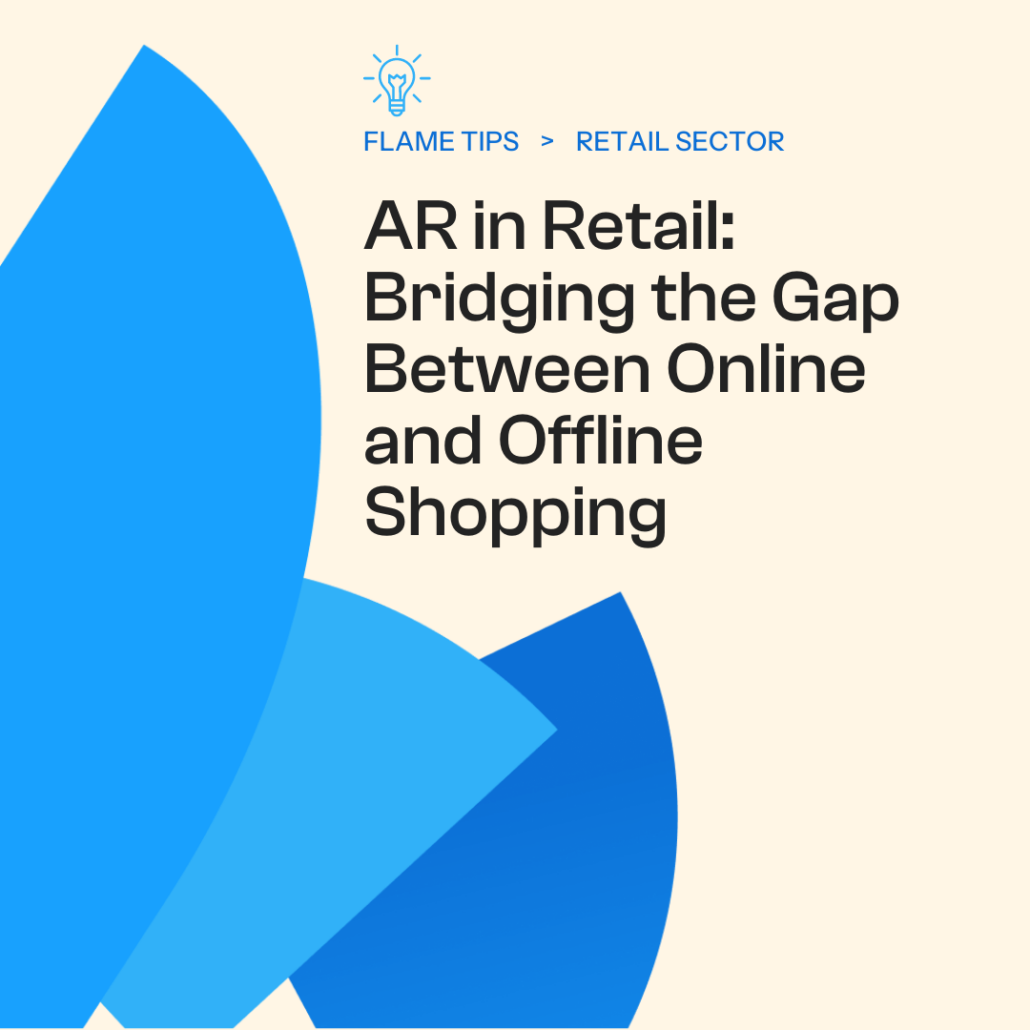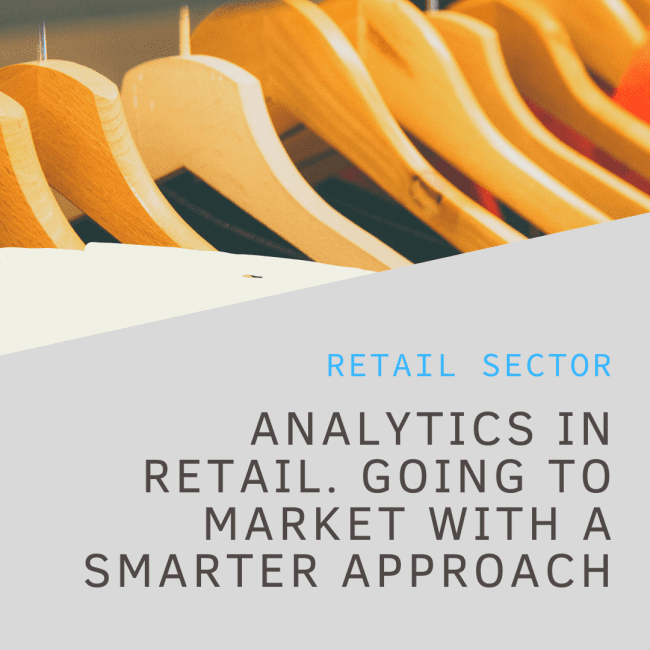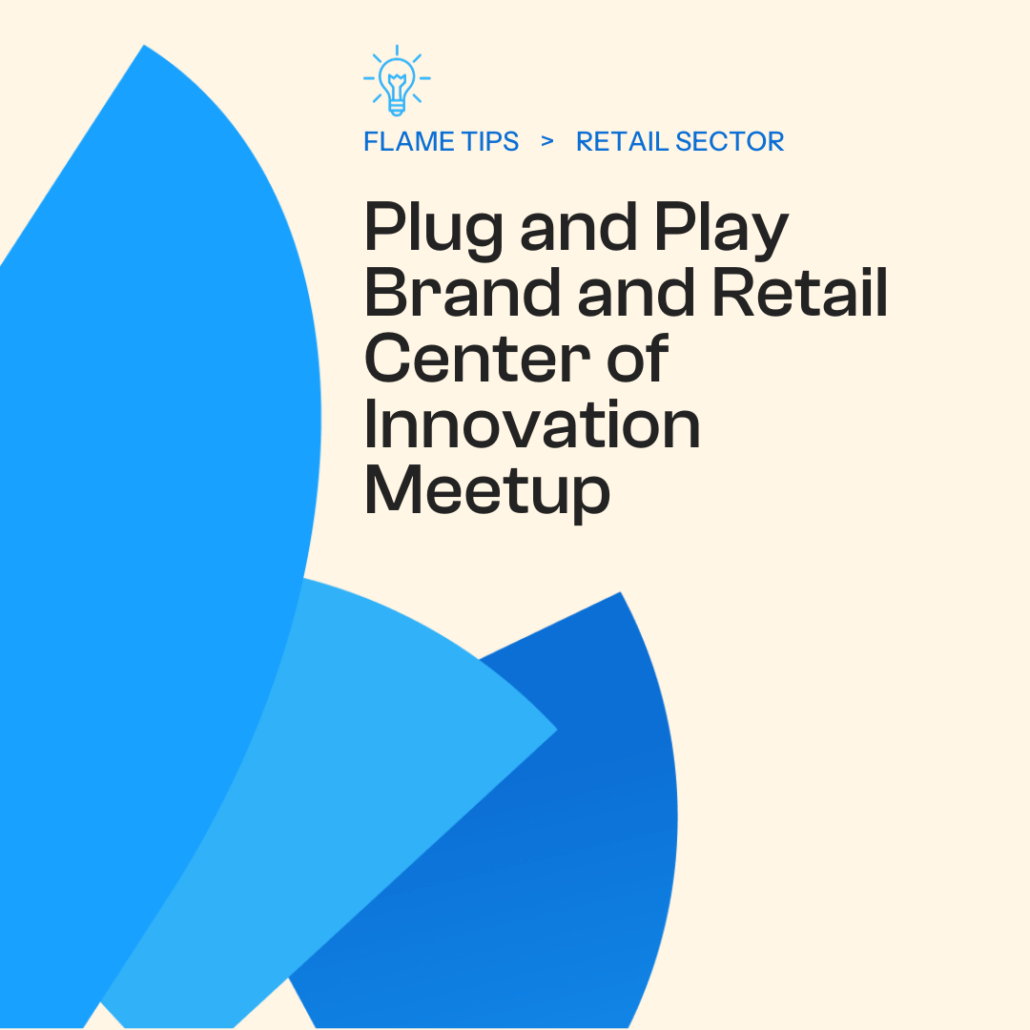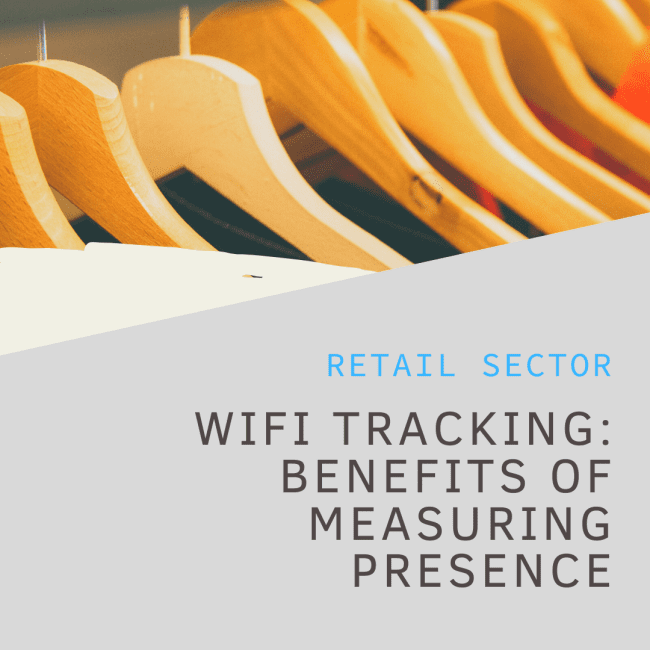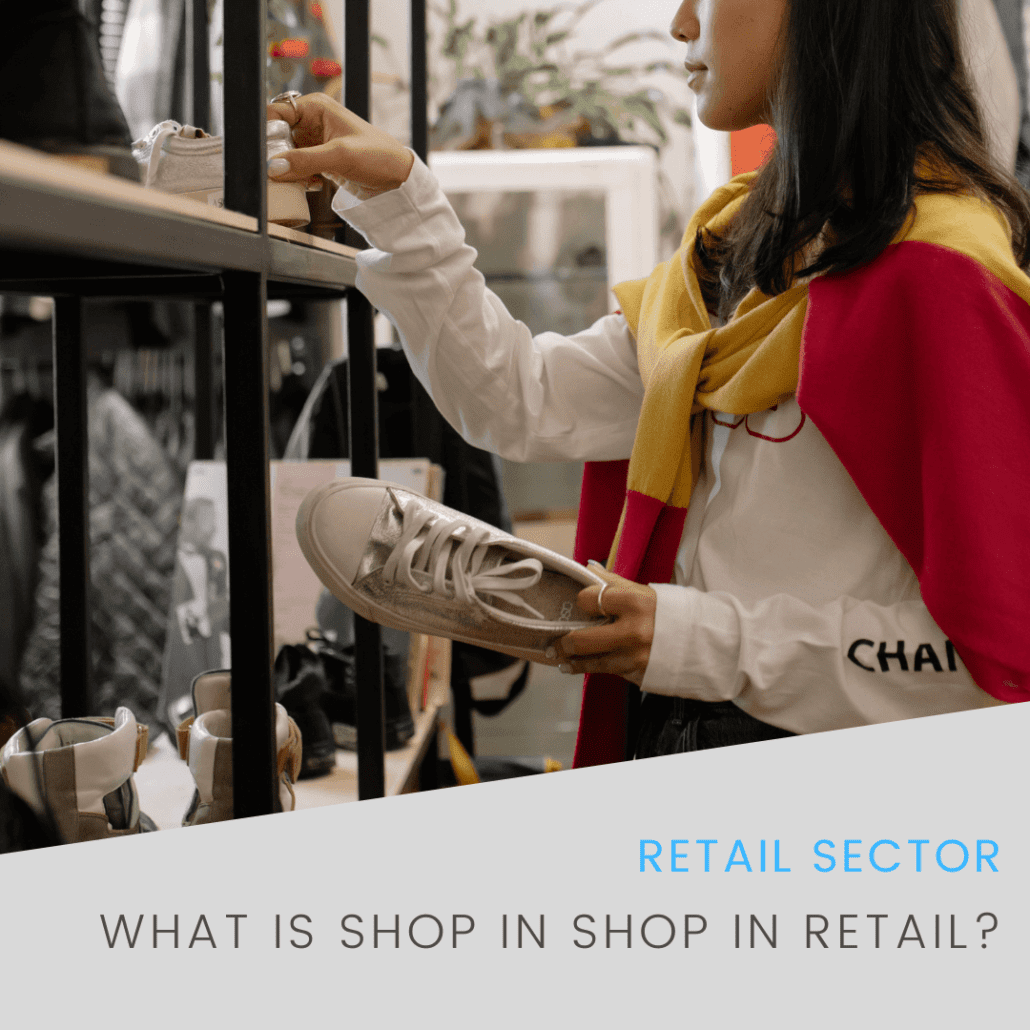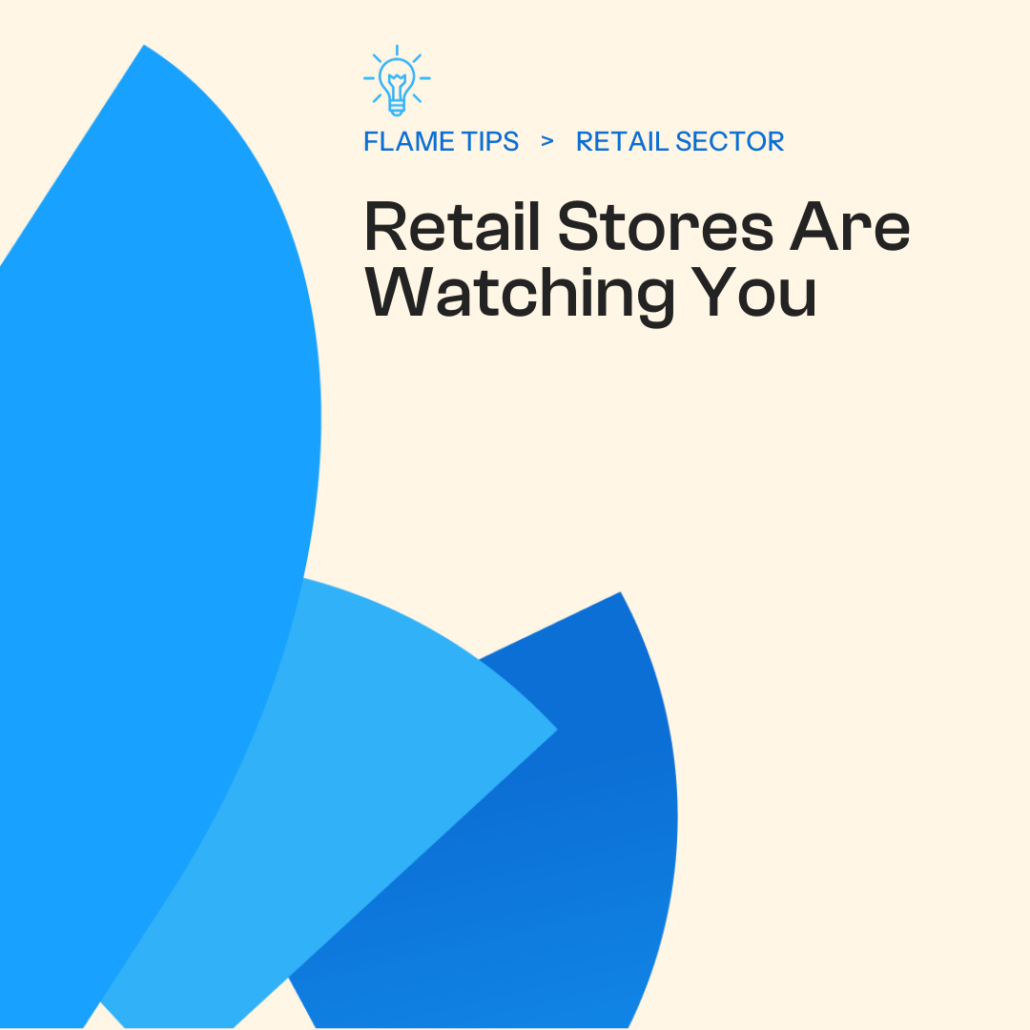Augmented Reality (AR) technology is reshaping the retail industry by offering immersive and interactive shopping experiences that blur the lines between the physical and digital worlds. As consumers demand more personalized and engaging interactions, retailers are turning to AR to enhance customer engagement and drive sales.
In this blog, we’ll explore the transformative impact of AR in retail and how it’s revolutionizing the way people shop.
Evolution of AR in Retail
AR technology has evolved from novelty applications to practical solutions that enhance the retail experience. Initially used for marketing and promotional purposes, AR has expanded into various areas of retail, including product visualization, virtual try-on, in-store navigation, and interactive marketing campaigns. As AR tools become more sophisticated and accessible, retailers are increasingly integrating them into their omnichannel strategies to create seamless and engaging shopping experiences for customers.
Implementation of AR in Retail
Retailers are implementing AR technology in diverse ways to engage customers and drive sales. Virtual try-on features for apparel and beauty products allow customers to visualize how products will look on themselves before making a purchase, reducing uncertainty and increasing confidence in buying decisions. In-store navigation apps use AR to help shoppers find products and promotions, enhancing the efficiency of the shopping experience. Additionally, AR-powered marketing campaigns and interactive experiences create memorable moments for customers, driving brand engagement and loyalty.
Impact of AR in retail
Analyzing Consumer Behavior with AR
AR technology provides retailers with valuable insights into consumer behavior by tracking interactions and engagement metrics. Through AR-enabled applications and experiences, retailers can gather data on customer preferences, product interactions, dwell times, and purchase intent. By analyzing this data, retailers can identify trends, understand customer preferences, and optimize their product offerings and marketing strategies to better meet the needs of their target audience.
Types of Data Gathered from Customers
AR technology enables retailers to gather various types of data from customers, including:
- Product Interactions: Data on which products customers interact within AR experiences, including views, clicks, and interactions with virtual elements.
- Dwell Times: Information on how long customers engage with AR content, indicating levels of interest and engagement.
- Purchase Intent: Insights into customer intent based on actions taken within AR experiences, such as adding items to virtual carts or saving products for later.
- Demographic Information: Data on the demographics of AR users, including age, gender, location, and interests, which can inform targeted marketing efforts and product recommendations.
Enhancing the In-Store Experience
AR technology enriches the in-store shopping experience by overlaying digital information onto the physical environment. Through AR-enabled devices like smartphones or smart glasses, shoppers can access product information, reviews, and recommendations in real-time as they browse through the store. This interactive experience not only empowers customers with more information but also makes the shopping process more engaging and enjoyable.
Virtual Showrooms and Experiential Retail
AR technology enables retailers to create virtual showrooms and experiential retail environments that showcase products in immersive and captivating ways. Whether it’s launching new collections, hosting virtual events, or offering interactive product demonstrations, AR enhances the retail experience and creates memorable moments for customers. Virtual showrooms allow retailers to reach a wider audience and extend the reach of their brand beyond traditional brick-and-mortar stores.
In-Store Navigation and Product Discovery
AR technology can assist shoppers in navigating large retail spaces and discovering products more efficiently. By overlaying digital information onto the physical environment, AR-enabled navigation apps help customers find specific products or departments within stores. Additionally, retailers can use AR to highlight promotions, provide product recommendations, and offer interactive experiences that engage and entertain shoppers while they browse.
Personalized Recommendations and Marketing
AR technology enables retailers to deliver personalized recommendations and targeted marketing messages based on customers’ preferences and behavior. By analyzing data collected through AR interactions, retailers can tailor product recommendations and promotions to individual shoppers, increasing the likelihood of conversion. Personalized AR experiences not only drive sales but also foster customer loyalty by demonstrating a deep understanding of each shopper’s needs and preferences.
Enhancing the experience with AR in Retail
The evolution and implementation of AR in retail have opened up new possibilities for analyzing consumer behavior and gathering valuable data insights. By leveraging AR-enabled experiences, retailers can better understand customer preferences, optimize their product offerings, and create personalized shopping experiences that drive engagement and loyalty. As AR continues to advance, its role in retail will only grow, providing retailers with powerful tools to enhance the customer experience and drive business success.
